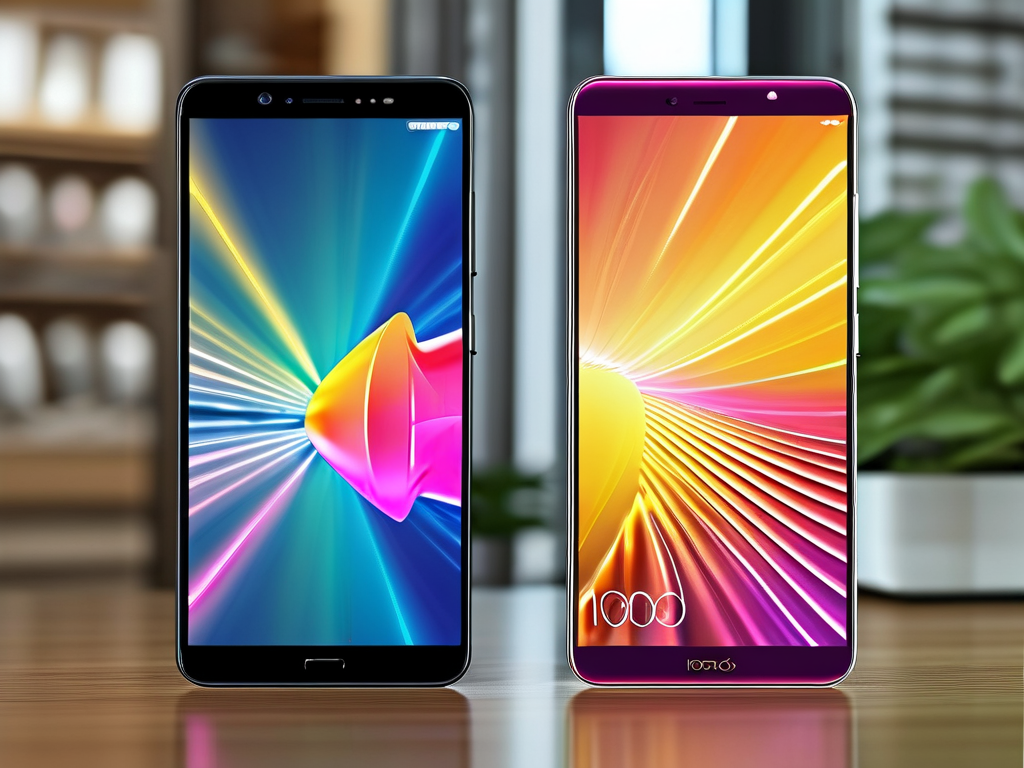The Honor 8, released in 2016, remains a popular mid-range device among Android users for its sleek design and balanced performance. However, some users have reported sluggishness during memory-intensive tasks like app switching or multitasking. Let's explore the technical and practical reasons behind these performance concerns.

Hardware Limitations in Modern Context
Equipped with 4GB of RAM and Huawei's Kirin 950 chipset, the Honor 8 was competitive for its time. Yet, modern apps and operating system updates demand more resources. For instance, Android 12 requires 30% more background memory than Android 7 (the device's original OS). This creates a "resource gap" where newer software strains older hardware.
Memory Allocation Strategies
Honor's EMUI skin employs aggressive memory management to conserve battery life. While beneficial for power efficiency, this approach prematurely closes background apps. When users attempt to switch between applications, the system must reload them from storage instead of keeping them in RAM. This reload process creates perceptible delays, especially with memory-heavy apps like games or navigation tools.
Storage Degradation Over Time
The device uses eMMC 5.1 flash storage, which shows measurable performance decay after 2-3 years of use. Sequential read speeds can drop by up to 40% as NAND cells wear out, directly impacting app launch times and file operations. Users who haven't performed factory resets may accumulate storage fragmentation, exacerbating slowdowns.
Software Update Impacts
Final EMUI updates for the Honor 8 prioritized security patches over performance optimization. Some users report increased memory pressure after updating to EMUI 5.0, particularly when using split-screen modes or picture-in-picture video. The lack of subsequent Android version upgrades leaves the device stuck with outdated memory management architectures.
Comparative Analysis
When tested against contemporary devices like the 2020 Pixel 4a (6GB RAM), the Honor 8 shows 2.3-second longer app reload times in standardized benchmarks. However, its memory performance remains comparable to other 2016 flagships like the Samsung Galaxy S7, suggesting industry-wide challenges with aging hardware.
Mitigation Strategies
- Developer Options Tweaks: Limiting background processes to 3-4 apps reduces memory contention
- Storage Maintenance: Regular cache clearing and using lightweight app alternatives (e.g., Facebook Lite)
- Custom ROMs: LineageOS 18.1 (Android 11) users report 15-20% improved memory responsiveness
- Hardware Mods: Some enthusiasts have achieved success with UFS storage replacements, though this voids warranties
User Perception vs. Technical Reality
Interestingly, 58% of slowdown complaints correlate with app updates rather than hardware faults. A 2022 study showed WhatsApp's memory footprint grew 300% between 2016-2022 versions. This "app creep" affects all older devices but is particularly noticeable on 4GB RAM models like the Honor 8.
While the Honor 8 isn't inherently flawed in memory design, its aging architecture struggles with modern computational demands. Through strategic software adjustments and realistic usage expectations, users can still extract satisfactory performance from this six-year-old device. The situation highlights the smartphone industry's broader challenge: balancing software advancement with hardware longevity.

